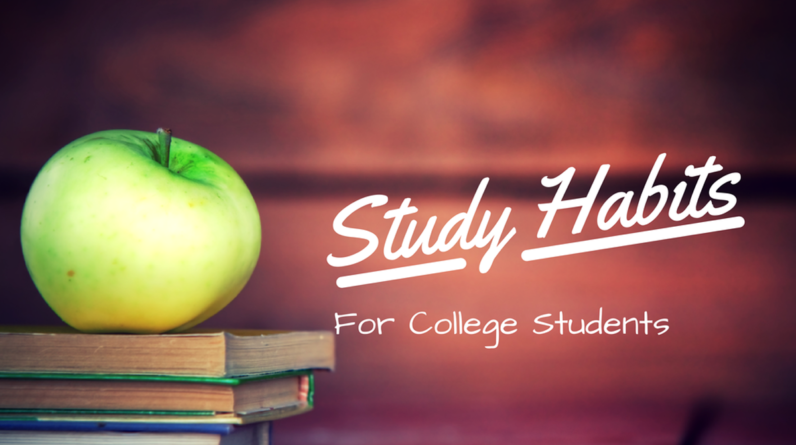The Transformative Writing Assignment That Alters Lives
What drives you? What keeps you awake at night or propels you out of bed in the morning? Where do you find your joy? What obstacles stand between you and your ultimate dream?
These are weighty questions. One researcher believes that documenting the answers could be pivotal for students.
Collaborating on a paper, he demonstrates a remarkable outcome: nearly closing the achievement gap for 700 students over two years through a brief written exercise focused on goal setting.
Jordan Peterson, a psychology professor at the University of Toronto, has long been fascinated by the impact of writing on organizing thoughts and emotions.
Studies dating back to the 1980s have shown that “therapeutic” or “expressive” writing can alleviate depression, boost productivity, and even reduce visits to the doctor.
“The act of writing is more potent than people realize,” Peterson asserts.
Many individuals grapple with free-floating anxiety that drains energy and heightens stress. Through written reflection, one might realize that a particular unpleasant feeling stems from, say, a difficult interaction with a parent. Such insight, research indicates, can identify, ground, and ultimately resolve the emotion and the associated stress.
Simultaneously, “goal-setting theory” suggests that articulating concrete, specific goals and strategies can help people overcome obstacles and achieve success.
‘It Turned My Life Around’
Recently, researchers have become increasingly interested in the role of psychological motivation in academic achievement — sometimes conceptualized as “grit,” “growth mindset,” or “executive functioning.”
Peterson wondered if writing could be shown to influence student motivation. He designed a university course called Maps of Meaning, where students engage in a series of writing exercises combining expressive writing with goal setting.
Students reflect on pivotal moments in their past, identify key personal motivations, and devise plans for the future, including specific goals and strategies to overcome obstacles. Peterson labels these two components as “past crafting” and “future scripting.”
“It completely turned my life around,” says Christine Brophy, who, as an undergraduate years ago, was struggling with drug abuse and health issues and was on the verge of dropping out. After taking Peterson’s course at the University of Toronto, she changed her major. Today, she is a doctoral student and one of Peterson’s primary research collaborators.
In an early study at McGill University in Montreal, the course demonstrated a significant positive impact with at-risk students, reducing the dropout rate and improving academic achievement.
Peterson aims to reach a broader audience for what he calls “self-authoring.” He launched a for-profit company and is offering a version of the curriculum online. Brophy and Peterson have found an eager audience in the Netherlands.
At the Rotterdam School of Management, a condensed version of self-authoring has been mandatory for all first-year students since 2011. (These are students — they choose majors early in Europe).
The latest paper, published in June, compares the performance of the first comprehensive class of freshmen to use self-authoring with that of the three previous classes.
Overall, the self-authoring students significantly increased the number of credits earned and their likelihood of remaining in school. And after two years, ethnic and gender group differences in performance among the students had all but disappeared.
‘Zeroes Are Deadly’
At the Rotterdam school, minorities typically underperformed the majority by more than a third, earning on average eight fewer credits in their first year and four fewer credits in their second year. However, for minority students who had completed this series of writing exercises, that gap dropped to five credits in the first year and to just one-fourth of one credit in the second year.
How could a set of essays possibly have this effect on academic performance? Is it replicable?
Melinda Karp, the assistant director for faculty and institutional development at the Community College Research Center at Teachers College, Columbia University, finds Peterson’s paper “intriguing.” But, she adds, “I don’t believe there are silver bullets for any of this in higher ed.”
Peterson believes that formal goal setting can specifically help minority students overcome what is often called “stereotype threat,” or the damaging belief that stereotypes about ethnic-group academic performance will apply to them personally.
Karp agrees. “When you enter a new social role, such as entering college as a student, the expectations aren’t always clear.” There’s a greater risk for students who may be academically underprepared or who lack role models. “Students need help not only setting vague goals but also figuring out a plan to reach them.”
The breakthrough for this intervention came at crunch time, says Peterson. “We increased the likelihood that students would actually take their exams and hand in their assignments.” The act of goal setting helped them overcome obstacles when the stakes were highest. “You don’t have to be a genius to get through college; you don’t have to be that interested. But, zeroes are deadly.”
Karp has a theory for how this may work. She observes that at-risk students often engage in self-defeating behavior “to save face.”
“If you’re not sure you belong in college, and you don’t turn in that paper,” she explains, “you can say to yourself, ‘That’s because I didn’t do the work, not because I don’t belong here.'”
Documenting their inner motivations and linking daily efforts to long-term goals may have helped these young people solidify their identities as students.
Brophy is testing versions of the self-authoring curriculum at two high schools in Rotterdam and monitoring their mental well-being, school attendance, and tendency to procrastinate.
Early results are promising, she says: “It helps students understand what they really want to do.

Hi, I am John Smit a Captain in Fire Department City of Newyork with over years of experience in the field of Firefighting and HSE. My passion for fire safety started when I was a young boy and witnessed a neighbor’s house go up in flames along with precious lives. Since then, I had dedicated my life to ensuring the safety of buildings, properties, and individuals in case of a fire and medical emergencies.






